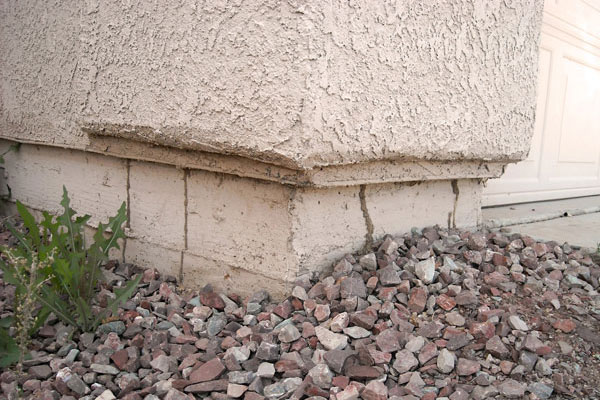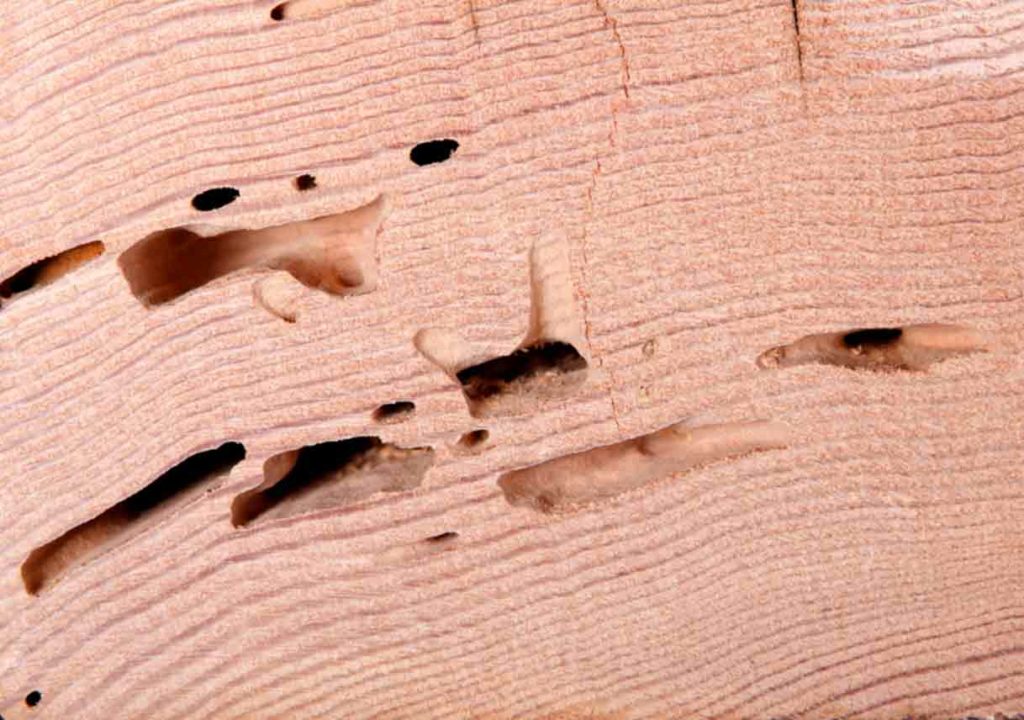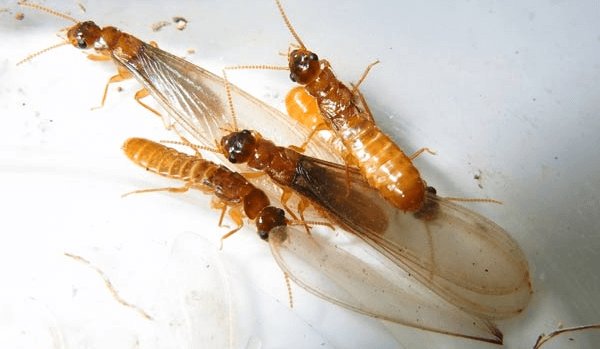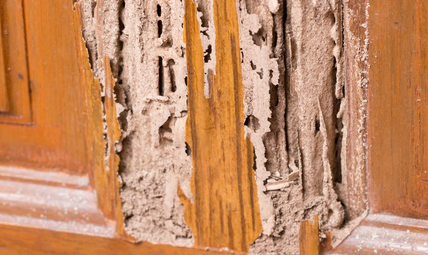East Valley residents need to be weary for signs of termite activity. Older homes in Mesa, Chandler, Gilbert, and Queen Creek are most likely infected with termites, and it would be wise for newer homes to use preventative measures in order to protect their homes before costly damage is already done. Regular termite treatment is necessary in order to prevent these common Arizona pest from coming back. We’ve put together the top X signs that termites are already in your home.
Termite Mud Tubes
Mud tubes are one of the easiest signs of termite activity to spot. The most common areas to spot termite mud tubes are around the foundation of your home. Subterranean termites are the most common type of termite in Arizona and are primarily responsible for building these small tunnels. Termites use these tunnels as protection when moving from their food source to their nest .
Subterranean termites usually live in the ground and use these tubes to get to their primary food source or to safely explore new sources of food. Absence of these termite tunnels doesn’t mean that there is no termite activity in the home. Termites also use cracks or voids in the foundation to travel to and from their food source and colony.
Activity in Trees and Woodpiles
The majority of termites feast on dead wood. Woodpiles are a a common place to find termites. Prying away dead bark or peeling back some of the wood may reveal live termites. Keeping woodpiles away from the home and continually rep
Termites prefer dead wood, but activity can bee seen on live trees. Common signs of termite activity in trees are small holes and wood shavings. The best place to look for termite activity is around the base of the tree or just beneath the soil, since they usually exist just below their surface. Other signs include shelter tubes on the trunks of trees, and swarm ‘castles’ located within scars of the trees, or even small white eggs.
Termite Swarms
Termites swarm as a means to produce a new termite colony in another location, thus expanding the termite population. Mature winged termites will leave their nests and congregate in swarms to mate with termites from other colonies.
Sometimes people confuse termite swarmers with flying ants. There are some tips to determine the difference between flying ants and termites. Termite swarmers will have two main body parts (head & body), Flying ants on the other hand have three distinctive body parts (head, abdomen, and thorax).
Shedded Termite Wings
When termites swarm they are looking for a new colony. Winged reproductive swarmers seek out any exposed wood. Once inside the wood, the swarmer termites shed their wings, lay eggs and the birth of a new colony is born.
Visible Termite Damage on Wood
Many times termites will feed on soft wood like door frames and window trim. Termites hollow out the wood leaving the thin painted surface intact. Since these termites tunnel in and feast on wood, one way to check for subterranean termites is to look for buckling wood, warped wood, hollow-sounding wood.
Another huge sign of termites are holes in wood structures. These holes are used for feeding and the termites will also dump out fecal matter here, as well.






